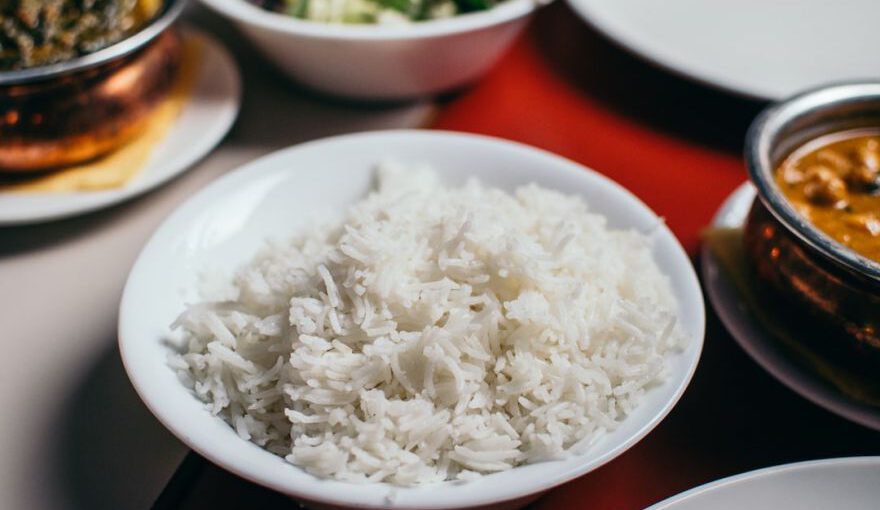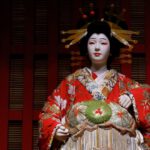Rice holds a profound significance in Japanese culture, permeating every aspect of life from cuisine to religious ceremonies. This humble grain has shaped the country’s history, traditions, and identity, making it an integral part of Japanese society.
In Japan, rice is not merely a staple food; it is a symbol of sustenance and harmony. Rice cultivation dates back over 2,000 years, and it has played a crucial role in the nation’s agricultural development. The cultivation of rice requires meticulous care and attention, reflecting the Japanese people’s dedication to precision and perfection.
The importance of rice can be seen in the traditional Japanese diet, which is centered around rice as the main source of carbohydrates. A typical Japanese meal consists of a bowl of rice accompanied by various side dishes such as fish, vegetables, and pickles. Rice is not just a filler but the heart of the meal, providing nourishment and satisfaction.
Beyond its nutritional value, rice is deeply ingrained in Japanese customs and rituals. It is a fundamental element in religious ceremonies, such as Shinto rituals and Buddhist memorial services. Rice is used as an offering to deities and ancestors, symbolizing gratitude and reverence. The act of planting and harvesting rice is considered a sacred ritual, connecting the people to the cycles of nature and the divine.
Furthermore, rice plays a central role in festivals and celebrations throughout the year. Events like O-Shogatsu (New Year) and O-Bon (Festival of the Dead) feature rice-based dishes that hold symbolic meanings. For example, mochi, a sticky rice cake, is prepared during the New Year to bring good luck and prosperity. These traditions reflect the deep-rooted cultural significance of rice in Japan.
Moreover, rice cultivation has shaped the landscape and architecture of rural Japan. Rice terraces, known as tanada, are a common sight in the countryside, showcasing the intricate relationship between humans and their environment. These terraces not only prevent soil erosion but also create stunning landscapes that have inspired artists and poets throughout history.
The importance of rice extends beyond the realm of agriculture and culinary traditions. It has influenced various art forms, including literature, painting, and theater. Many Japanese poems and songs express the beauty and tranquility of rice fields, while paintings often depict scenes of rural life centered around rice cultivation. Traditional theater, such as Noh and Kabuki, often incorporate rice-related themes and motifs, further highlighting its cultural significance.
In contemporary Japan, rice still holds a special place in the hearts of the people. Despite the increasing popularity of Western diets, rice remains a staple in Japanese households. It continues to be a source of comfort, connecting generations and preserving traditions.
In conclusion, the significance of rice in Japanese culture cannot be overstated. It is not just a source of sustenance but a symbol of tradition, spirituality, and identity. Rice cultivation has shaped the nation’s history, customs, and art forms, permeating every aspect of Japanese society. From religious ceremonies to culinary traditions, rice remains an integral part of Japanese life, reflecting the country’s deep-rooted values of harmony, gratitude, and reverence.





